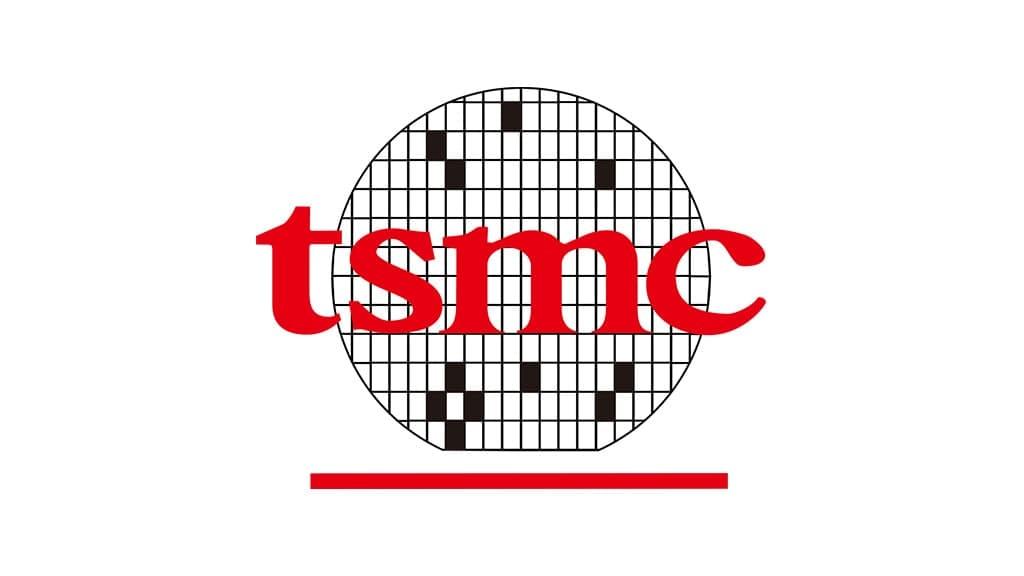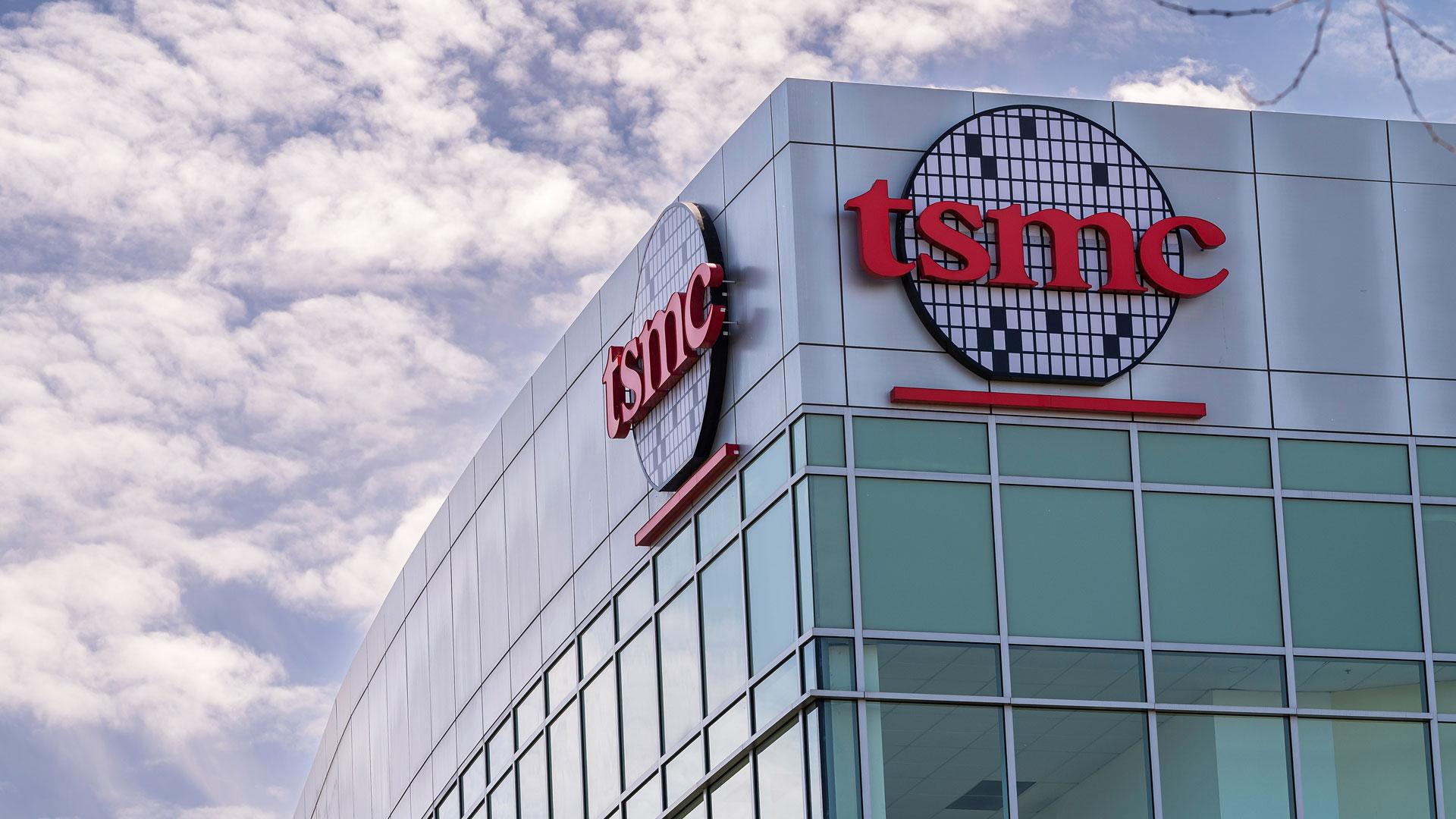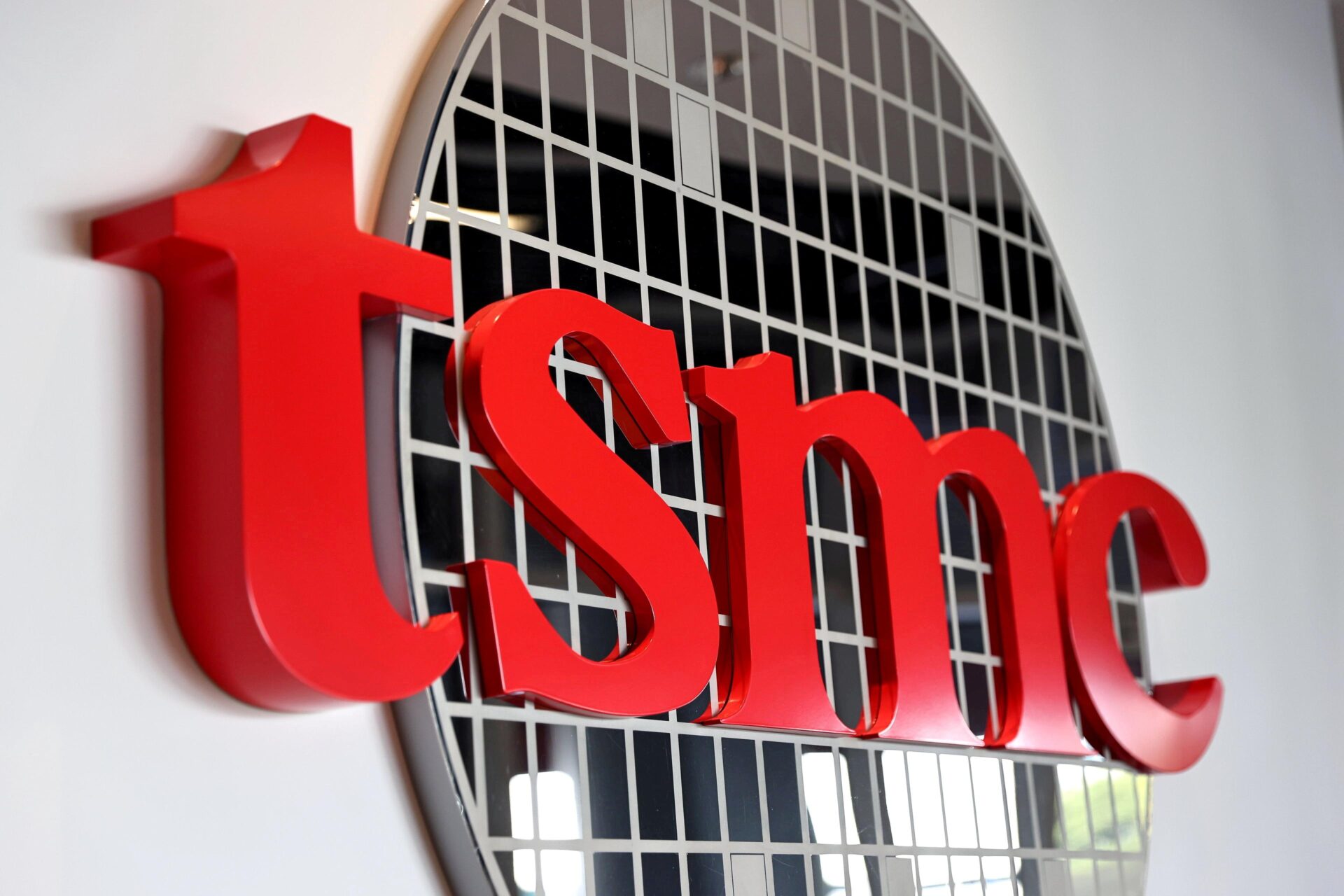TSMC’s strategic vision for a $165 billion Investment in the U.S
In a bold move, TSMC is setting its sights on a substantial $165 billion investment in the United States, a strategic expansion aimed at enhancing its production capabilities while reinforcing its leadership position in the global semiconductor market. This initiative is not merely about scaling up operations; it reflects a deliberate shift towards a more resilient supply chain, reduced dependency on Asia, and a commitment to innovation.The company’s approach stresses cautious growth; every dollar invested is meticulously planned to ensure that the rapid evolution of technology leads to enduring advancements rather then inflated expectations.
Key elements of TSMC’s strategy include:
- Investment in Advanced Manufacturing: focusing on state-of-the-art technologies that will power the next generation of devices.
- Partnerships with U.S. tech Leaders: Collaborating with major players in the industry to foster innovation and efficiency.
- Job Creation and Skills Development: Aiming to create thousands of new jobs while investing in workforce training programs to prepare the next generation of engineers.
- Environmental Sustainability: Implementing green manufacturing processes to minimize ecological impact.
This multifaceted approach not only positions TSMC as a pivotal player in the American semiconductor landscape but also sets a precedent for future investments in high-tech industries by foreign firms, highlighting the importance of strategic foresight in achieving long-term growth.

Balancing Growth and Sustainability: TSMC’s Approach to Expansion
In an enterprising bid to cement its position as a global leader in semiconductor manufacturing, TSMC has unveiled plans for a $165 billion expansion in the United states. This strategy is not merely a push for rapid growth; it is a complex balancing act aimed at marrying economic expansion with sustainable practices. TSMC is promoting environmentally responsible initiatives while focusing on state-of-the-art technologies. This approach underscores their commitment to meet growing market demands without compromising on environmental integrity. The company’s investment seeks to bolster domestic manufacturing capabilities while reducing reliance on imports, thereby contributing to a robust supply chain.
To ensure that growth does not come at the cost of sustainability, TSMC is implementing various strategic initiatives, including:
- Green Energy Utilization: Transitioning to renewable energy sources to power their facilities.
- Water Conservation: Employing advanced water recycling technologies to minimize consumption.
- Waste Reduction Strategies: Implementing processes designed to reduce scrap and recycle materials effectively.
This dual focus on expansion and sustainability is a reflection of TSMC’s proactive approach to future-proofing its operations. Through careful planning and implementation of these measures, the company aims to set new industry standards, paving the way for a greener and more resilient semiconductor landscape.

Navigating Challenges: TSMC’s Considerations Amidst Economic uncertainties
As TSMC embarks on its ambitious $165 billion expansion in the United States, it faces a complex array of economic challenges that necessitate a strategic approach to growth. The semiconductor giant must balance its drive for innovation and market dominance with the realities of a fluctuating global economy, inflationary pressures, and evolving geopolitical landscapes. With competitors closing in and supply chain disruptions continuing to pose risks, TSMC’s leadership is committed to a cautious yet proactive strategy.This involves not just expanding manufacturing capabilities, but also enhancing operational efficiencies and diversifying supply sources.
Key considerations driving TSMC’s thoughtful approach include:
- Market Volatility: Keeping an eye on market demand cycles, ensuring that expansions align with customer needs.
- sustainability Initiatives: Integrating sustainable practices into new facilities to not only meet regulatory expectations but also appeal to eco-conscious clients.
- Workforce Development: investing in talent acquisition and training to maintain a skilled workforce,essential in a rapidly evolving tech landscape.
- Geopolitical Stability: Navigating trade relations and regional uncertainties while maintaining flexibility in supply chains.
Through these considerations, TSMC aims to not only secure its market position but also contribute positively to the economic fabric of the regions it invests in, ultimately ensuring a resilient future even amidst ongoing uncertainties.

Recommendations for Stakeholders: Fostering Collaboration and innovation in the Semiconductor Sector
To effectively capitalize on TSMC’s ambitious $165 billion expansion, stakeholders must prioritize collaborative strategies that harness shared expertise and resources.The semiconductor industry thrives on innovation, making it essential for companies, governments, and research institutions to forge partnerships that drive technological advancement. Key recommendations include:
- Establishing Joint Research Initiatives: Companies should collaborate on research projects that address common challenges, leading to breakthroughs that benefit the entire sector.
- focusing on Sustainable Practices: Stakeholders should work together to develop environmentally amiable manufacturing processes and materials, securing a resilient future for the semiconductor industry.
- Encouraging Educational Collaborations: Universities and companies must form alliances to nurture talent through specialized training programs, ensuring a skilled workforce is prepared to meet industry demands.
In addition to fostering collaboration, stakeholders can play a pivotal role in creating an ecosystem conducive to innovation. This can be achieved through strategic investments and policy advocacy aimed at maintaining competitive advantages. Consider these critical actions:
- Promoting Regulatory Harmonization: Engaging with policymakers to create a regulatory environment that allows for seamless cross-border operations will enhance growth opportunities.
- Supporting Startups and SMEs: Larger companies should mentor smaller firms through incubator programs, facilitating innovation while strengthening the ecosystem.
- Embracing Emerging Technologies: Stakeholders must remain open to integrating new technologies-such as artificial intelligence and edge computing-into their operations to stay ahead of the curve.
